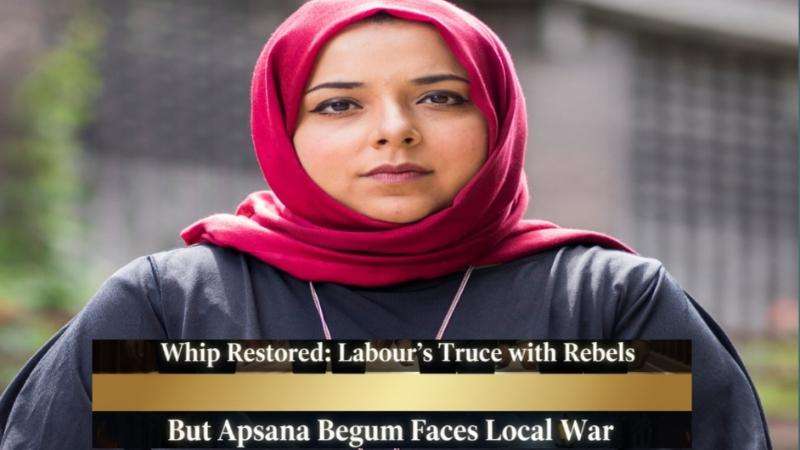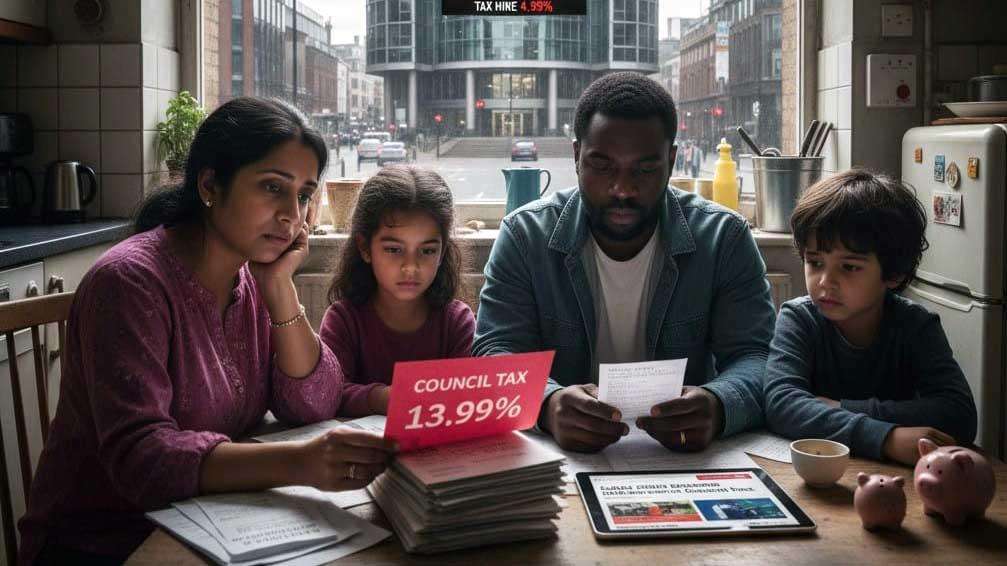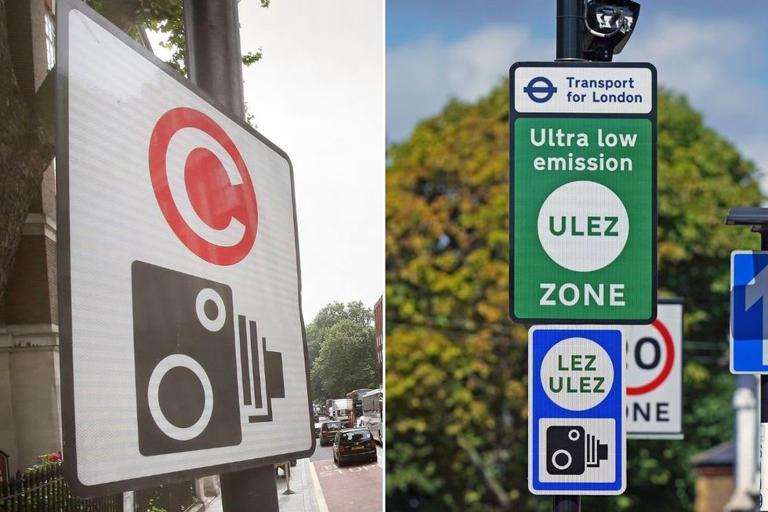The looming financial crisis gripping London’s borough councils has triggered a shockwave of council tax increases across the capital, hitting residents with substantial new bills, with the full extent of the rises becoming clearer after the most recent budget decisions. All 33 London boroughs implemented tax increases for the 2025/2026 financial year, with the vast majority opting for the maximum allowed rise.
The average Band D council tax set by local authorities in England for 2025-26 will be £2,280, an increase of 5.0% on the previous year. Within London, the average Band D council tax rose to £1,982, a significant increase of 4.7% compared to 2024-25. This figure is compounded by a separate 4.0% increase in the Greater London Authority (GLA) precept for a Band D property, which totals £490.38.
The Impact on Poorest Residents and Families
For the first time, thousands of London's poorest residents will face having to pay council tax as struggling local authorities reduce or abolish their local council tax reduction schemes. In a stark example of the measures being considered to plug massive budget shortfalls, one council, for instance, has proposed that its lowest-income residents, who currently receive up to a 100% discount, will now have to pay for the first time. This move alone is expected to affect approximately 8,000 working-age households in that borough who currently receive support, with their assistance being reduced by 10% under the plans. The general council tax bills in this borough are expected to rise by 5% in April 2026, alongside proposals to double the bills for second-home owners.
London Councils, the cross-party group representing the capital's local government, has issued a dire warning, estimating the capital faces a collective funding shortfall of £4.7 billion by 2029. This monumental gap, driven by rocketing costs for housing homeless families and social care, has pushed a record seven London boroughs—including Lambeth, Newham, Havering, Croydon, Enfield, Barnet, and Haringey—to require emergency government bailouts in the last financial year. Experts now predict this number could rise to 17 boroughs by 2028.
Tower Hamlets Tax Increase Confirmed
The focus has been particularly sharp on boroughs like Tower Hamlets, which has confirmed a significant increase. Mayor Lutfur Rahman's proposed and approved budget for the 2025/2026 financial year included a 4.99% increase in council tax for the second year running, following a 2.0% rise the year before. This cumulative increase of around 12% since 2022 contrasts sharply with his 2022 manifesto pledge to "freeze council tax for four years to protect the poorest from rising living costs."
The council justifies the rise by stating its commitment to its pledge remains intact by freezing council tax for households with an annual income of less than £50,350, who continue to receive a full exemption under the Local Council Tax Reduction Scheme. The 4.99% increase, the maximum permitted without a local referendum, is made up of a 2.99% general increase and a mandatory 2.0% Adult Social Care precept, a charge ring-fenced solely for adult social care services. This means that if Mayor Rahman wins the next election, it is highly probable he will have to increase the council tax again, as the financial pressures on social care and core services show no signs of abating, forcing councils to utilise the maximum permitted increase to balance the books.
Spending Spotlight: The Allocation of Taxpayer Money
Amid the tax hikes and service cuts, scrutiny has intensified on how taxpayer money is spent. While the largest expenditure pressures are universally recognised as adult social care, children’s social care, and homelessness, public attention is also drawn to other areas of council expenditure. Campaigns have highlighted that the collective spending on Equality, Diversity, and Inclusion (EDI) roles across UK councils has risen significantly, nearly doubling from just over £12 million in 2020/21 to almost £23 million in 2022/23. However, this figure is a small fraction of the overall budget gap, and local authorities are quick to defend this spending as necessary for compliance and community cohesion.
The central issue remains the massive financial shortfall. Boroughs contend that cuts to government funding under the Fair Funding Review have created estimated budget blackholes—one council's is projected at £139 million by 2029/30—that make tax rises and service reductions unavoidable. This crisis is forcing local authorities into "tough decisions" that will fundamentally reshape the financial landscape for Londoners, shifting the burden onto residents at a time when the cost of living remains a critical concern.


.jpg)
.jpg)



.svg)
